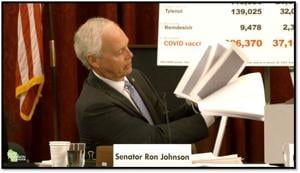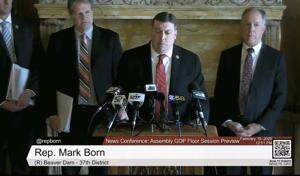(The Center Square) – Wisconsin is one of 47 states with a teacher apprenticeship program, but its size doesn’t compare with other states and it is a large issue in Wisconsin’s struggle to retain teachers, a new report says.
The Institute for Reforming Government has long been an advocate for a teacher apprenticeship program while Wisconsin Department of Public Instruction Superintendent Jill Underly has advocated for increased teacher pay as a solution.
Wisconsin’s pilot program includes paying for 50% of the tuition for apprentices along with gaining four years of experience while still graduating in four years.
“States across the nation, red and blue, are solving their educator shortages with teacher apprenticeships. But Wisconsin remains far behind due to a failing pilot program, and it hurts our students, schools, and future educators,” Quinton Klabon, IRG Senior Research Director, said in a statement. “Wisconsin can and should grow its own teacher workforce: solving shortages for schools, lowering costs for teachers, and improving outcomes for kids.”
A recent report from DPI showed that average total compensation for teachers in the state is down $22,000 per year since 2010 in inflation-adjusted dollars while only 26.1% of teachers remained at the same Wisconsin public school for their first seven years of teaching.
There were 3,334 educators who completed the teacher preparation program in the state while there were 2,187 retirements in 2022-23. Of those who competed the program, 79.3% were certified as teachers and 66.6% went on to teach in Wisconsin public schools.
Wisconsin Senate Bill 917 sought to formalize an apprenticeship program and passed the Wisconsin Legislature in the 2023-24 session but the bill was vetoed by Gov. Tony Evers.
Wisconsin currently has zero active teacher apprentices while Tennessee has 610, Nevada has 860, Missouri has 359 and Iowa has 439, according to data used in IRG’s report.
“Wisconsin’s teacher shortage has reached a crisis level,” IRG’s report said. “Rural districts are giving local jobs to out-of-state virtual providers. Urban schools are recruiting overseas. Suburban schools are receiving fewer qualified applicants. Choice schools are closing their doors.”
















